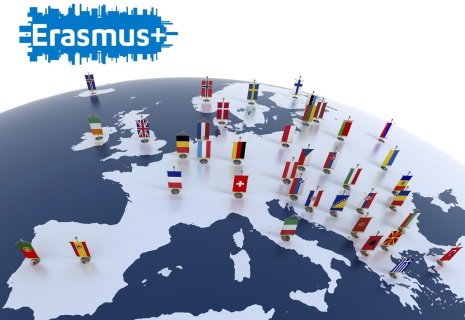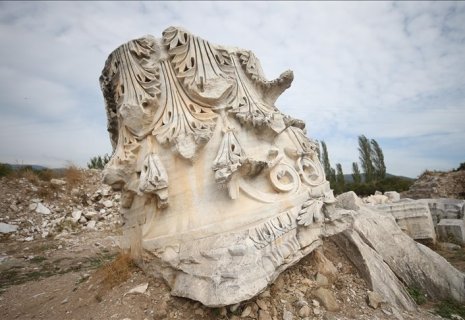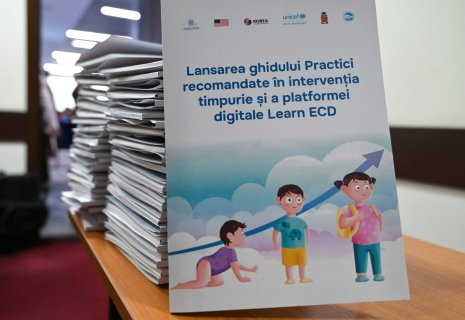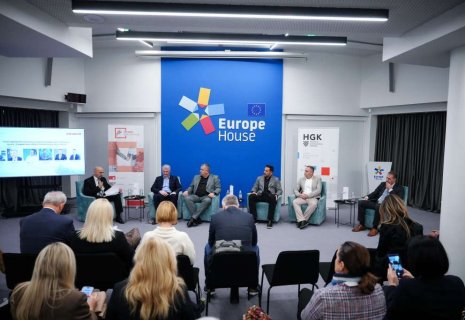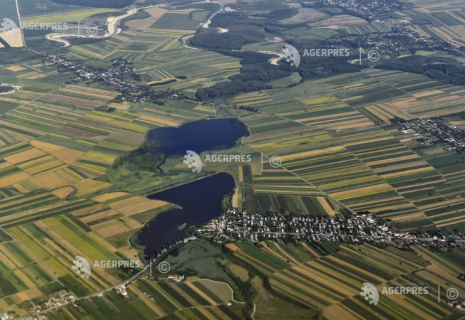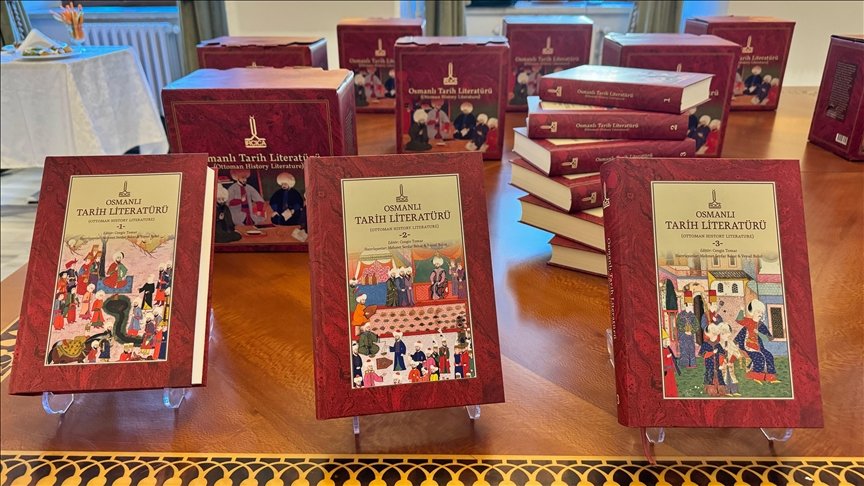
Ottoman historical literature set praised as major breakthrough for scholars
The launch event for the work that classifies original and translated historical texts produced across a wide geography—along with their authors and intellectual contexts—was held at the IRCICA General Directorate building in Cağaloğlu, Türkiye.
Participants had the chance to examine the work prepared by researchers Mehmet Serdar Bekar and Veysel Bulut, both specialized in Islamic and Ottoman historiography, under the editorship of Prof. Dr. Cengiz Tomar, CE Report quotes Anadolu Agency.
“A very rich resource that everyone can benefit from”
Speaking at the opening, IRCICA President Prof. Dr. Mahmud Erol Kılıç said that Mehmet Serdar Bekar and Veysel Bulut—who dedicated many years to preparing the book—were the true heroes of the project.
Prof. Dr. Kılıç noted that more than 13,000 manuscripts were consulted during its preparation, adding:
“It has become a very rich resource from which economic historians, Sufi historians, political historians, institutional historians—everyone—can benefit.”
He added that once the work finds its place in the scholarly world, it is planned to be made available electronically, similar to ISAM’s Islam Encyclopedia.
“Since this is not a book of contemplation but a reference work, we hope to prepare its electronic version within a year, so that researchers can search for any person or region directly,” he said.
“The work has the character of a corpus”
Co-author Mehmet Serdar Bekar explained that the book compiles, in chronological order, all original and translated historical works written during the period and within the territories of the Ottoman Empire.
He stated:
“Across a span of over six hundred years and a vast region covering three continents, we included all manuscripts and printed works whose texts or at least names have survived, identified through libraries, catalogues, and bio-bibliographical sources. In this sense, the work can be described as a corpus.”
Bekar emphasized that Ottoman political history constitutes the most significant portion of the corpus and added that the work also includes texts that examine the discipline of history itself.
While most works were written in Turkish and Arabic, texts in other languages spoken within Ottoman society were also identified.
He said that only works written during periods under Ottoman rule were included, with the exception of memoirs, diaries, and personal accounts written during the Republic era about the final years of the Empire, in order to preserve continuity.
In total, the work identifies 4,351 authors and 13,335 works, with 22,018 manuscript copies found across 470 collections worldwide.
“Each volume is the result of meticulous work”
Co-author Veysel Bulut said the project began in 2017 and required years of effort. He noted working late at night in the Süleymaniye Library and receiving special access during the pandemic.
He explained that every manuscript copy was compared, mistakes in catalogues were corrected, and every biography was thoroughly researched, adding:
“Each volume is the product of years of dedication and meticulous teamwork.”
Scholars’ evaluations
Prof. Dr. Mehmet İpşirli said the work continues IRCICA’s tradition of contributing to scholarly literature.
Prof. Dr. Abdülkadir Özcan praised the effort, noting that such projects are like “entering a minefield” because achieving complete perfection is impossible, and constant updating is required. He emphasized how valuable it was to see works from Asia and Africa alongside those from Istanbul and Anatolia.
Prof. Dr. Erhan Afyoncu highlighted IRCICA’s long-standing contributions to fields such as astronomy, mathematics, and geography, saying:
“The Ottomans made Turkish a scientific language, and the statistical data in IRCICA’s publications clearly proves this.”
He described the new work as an invaluable handbook for cataloguing.
About the work
The six-volume Ottoman Historical Literature, published by IRCICA, brings together an annotated bio-bibliography of historical writing produced across the Ottoman world over six centuries. It systematically classifies original and translated works and their authors from the early 14th to early 20th centuries, covering Anatolia, the Balkans, Eastern Europe, the Caucasus, Crimea, western Iran, the Middle East, and North Africa.
In addition to author names and titles, the work provides detailed information on content, period, language, themes, manuscript copies, printed editions, translations, and relations to other sources. While Ottoman political history dominates, the collection also includes texts on Islamic history, world history, intellectual history, urban history, archaeology, numismatics, memoirs, and travel literature.





